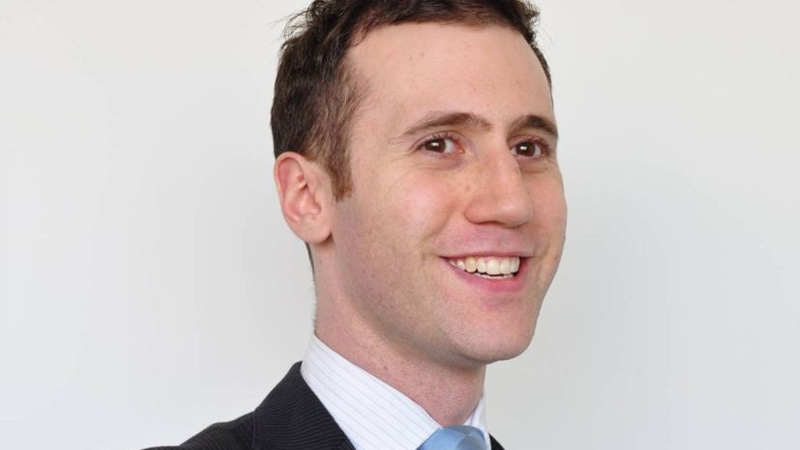SMSFs warned on quirks with personal guarantees, contributions
Given that COVID-19 could see increased instances of lenders calling upon personal guarantees for SMSF loans, an industry lawyers has outlined where a contribution might arise in these types of scenarios.
Given the economic circumstances and the impact of COVID-19, there may be situations with limited recourse borrowing arrangements where the bank or lender calls upon the guarantee where there are defaults on repayments, said DBA Lawyers special counsel Daniel Butler.
“You only need to think about a lot of the off-the-plan purchases that were previously made. I doubt many would have experienced much capital appreciation and there could be a few that have gone under water,” Mr Figot said.
In these situations, it is entirely possible that the lender may call upon the guarantee, he said.
Mr Figot reminded SMSF professionals that where the guarantor pays the lender, it is not deemed to be a contribution where the guarantor, under the right of subrogation, then stands in the shoes of the lender and pursues the SMSF on an arm’s-length basis.
“Therefore, if the SMSF is retaining the asset, the guarantor should attempt to recover the amount from the SMSF by forcing the asset to be sold, for example, taking the proceeds or taking over the asset,” he explained.
“But what happens where the lender has forced the sale of the asset?”
Mr Figot said this is probably the most common circumstance where there the loan runs into difficulty.
“However, what if the lender forces the asset to be sold and takes the proceeds or just takes the asset, the guarantor pays the lender for the shortfall and guarantor doesn’t attempt to recover from the SMSF on an arm’s-length basis?” he said.
“The ATO actually says there is no contribution in that situation. They say that there is no contribution if the SMSF trustee has exercised a right to walk away from the arrangement and has lost the acquirable asset to the lender and has no further liability, but the lender still exercises a right to call on the guarantee for a shortfall after disposal of the original asset.”
He gave an example of an SMSF that used an LRBA to buy an asset that has since decreased in value. The asset is worth $800,000 but the loan is worth $1 million and the SMSF member provided a personal guarantee.
“Let’s say the bank pursues the SMSF for the $800,000 asset and the bank then pursues the member for $200,00 but the member doesn’t pursue the SMSF. [In this situation], this is not a deemed contribution,” he explained.

Miranda Brownlee
Miranda Brownlee is the deputy editor of SMSF Adviser, which is the leading source of news, strategy and educational content for professionals working in the SMSF sector.
Since joining the team in 2014, Miranda has been responsible for breaking some of the biggest superannuation stories in Australia, and has reported extensively on technical strategy and legislative updates.
Miranda also has broad business and financial services reporting experience, having written for titles including Investor Daily, ifa and Accountants Daily.


